Car of the Week: 1954 Packard convertible
The 1954 Chariot Red Packard convertible tripped this owner’s trigger in a big way.
Packard brass tried a little bit of everything to save the tail spinning company back in the 1950s. New models, new names, a different marketing approach… the company even bought out Studebaker to try to turn things around.
Of course, in the end the fabled Packard marque joined a very long list of car makers on the orphan list. When you look at Packards from the era like Rich Janis’ wonderful 1954 Packard convertible, you wonder how things could have gone so wrong.
Janis is a resident of Stevens Point, Wis., and he’s well known in local car circles for the 1968 Land Rover that he’s had forever. A few years ago, Janis couldn’t pass up the chance to add another car to his garage. The Chariot Red Packard convertible tripped his trigger in a big way.
“My neighbor had a collection that they were going to sell,” says Janis. “At one time I think he had 52 cars! So I went and looked at the cars and saw this one. I always kind of wanted a Packard. He lived three doors down from me and I had actually driven this one and I really liked it. It had sat for almost 20 years, so I bought it and had it resurrected.”
The convertible had a few cosmetic issues and the engine didn’t run great, but overall it was in really nice shape and Janis figured it would be worth some time and effort to make it look new again. It had been partially restored once in the past, but needed some TLC after two lengthy slumbers.
“It had been restored by the original owner around 1995,” Janis noted. “So he had it a long time. Then a few years later he sold it to and couple in Massachusetts, and he was 96 years old at the time when he sold it. They had it for about 10 years and then he died and she sold it. I believe she was in her 80s. So that’s when my neighbor got it, and he had it sitting around for about 20 years.”
Dark days and desperate times
One of Packard President James Nance’s plans to help save the company was to launch a new separate line of lower-priced cars to go along with the long-running Senior series. That meant bringing back the Clipper name, which was given to the least expensive offerings. One step above the Clipper was 5431 line, which was referred to simply — and probably to the confusion of many — as the Packard line. This included the Pacific two-door hardtop, standard convertible (like Janis’), and the flashier Carribean Custom, which was given a styling makeover by the Mitchell-Bentley Corp.
The ”Packard Line” cars were provided with the nine main bearing straight eight engine this year. Nance felt that if all models had their own names they would not be forgotten or confused. The conventional convertible had the same type of side trim featured on the Cavalier, except that the Packard script was moved from the rear fenders to the deck lid. Standard equipment also included a pelican-style hood mascot and rear fender shields. The interior was trimmed in a combination of leather and leather-grained plastic. The Pacific looked much like the ragtop, except that the roof did not fold away. However, it did have rear fender script, as well as medallions near the base of the rear roof pillar.
Factory introduction of 1954 models was held Jan. 15, 1954. Model year sales were 30,965 cars; calendar year sales reached 27,593 cars, making Packard America's 16th ranked maker again.
On June 22, 1954, after months of preliminary discussions, an agreement to merge Packard with Studebaker was signed by the presidents of the two companies. On Oct. 1, 1954, The Studebaker-Packard Corp. came into official existence, with its headquarters in Detroit.
The problem with the deal, at least for Packard, is that it grossly misjudged the profitability and financial health of Studebaker. Packard estimated that it would need to build around 120,000 Studebakers a year to break even. But outdated facilities and internal problems made Studebaker production inefficient and the figure turned out to be far greater than that. Packard wasn’t in great shape before the merger, and the ill-fated business deal just accelerated the company’s decline.
So too, did some other factors. Packard brass planned for a big splash in 1955, with a complete redesign and re-engineering of key models. The big move never really materialized, however, again due to shaky finances. Part of company’s financial woes came from the fact that it was too late to offer a competitive V-8. Cadillac, one of Packard’s biggest competitors, had rolled out a V-8 in 1949, and so did Oldsmobile.
In 1952, Briggs Body Co. was sold to Chrysler, which meant that Packard had to start building its own bodies in-house after 1954. Packard did a lightning-like conversion of its Conner Ave. plant in the fall of 1954. In just 62 days, this factory was turned into a modern body assembly facility, so that the company could build bodies for the first time in many years. It was another big financial burden the company couldn’t afford at the time.
Lastly, the company’s dealership network began falling apart when “The Big Three” auto makers started stealing dealer locations. Dealership owners figured going with Ford, Chrysler or GM was probably a safer and more profitable move as Packard’s financial woes mounted, and they were probably right.
CRUISING IN STYLE
Janis’ beautiful red convertible was one of only 863 such examples built for the 1954 model year. They carried a base price of $3,935, which was about $110 more than the Pacific hardtop.
Janis enlisted the help of two shops in his area when he decided to revive his ’54 droptop. There were a few bumps along the way, but the end result was spectacular.
“I had JR’Z Autobody [in Stevens Point] paint it. It didn’t need a total repaint, and I didn’t know if I could find anybody who could blend it and make it look good,” Janis said. “But he blended it and it’s just perfect! It really turned out great."
“Pro Street Auto [in Wisconsin Rapids, Wis.] took the engine out. He said I’ve got good news and bad news. The bad news is, it needed what is basically the fly wheel — they have another name for it — but they told me ‘You need a new one, and it’s up to you to find it.’ They took the engine out and it turned out the engine was fine. It just needed this flywheel. It sounded like a rod was making a racket on it, so I was ready to have it all rebuilt.”
While he had the chance, Janis replaced everything he could on the car’s original 359 power plant — fuel pump, water pump, transmission cooler, thermostat housing and voltage regulator. He also replaced all the hoses and had the radiator refurbished.
He also installed new window regulators, which was no small feat. “They are run by a pump that is powered by the starter motor and they use brake fluid. … When one of those window regulators goes out it drips and ruins the paint, so I replaced all of those, and that was an undertaking,” he noted.
As good as the car looks these days, Janis says it runs even better. Indeed, you have to stand close to the car and lean over the hood to even tell if its idling.
“It’s just great to drive. It weighs almost 5,000 lbs.! I love it,” he says. “
“It has the 359 in it with a four-barrel that is original to the car and the Ultramatic transmission, it’s got power brakes, power seat, power windows … It does not have power steering. But the radio and everything works on the car. You can’t even hear that motor. It’s nine main bearings and it’s balanced so well, you pull up to a corner and if you didn’t hear a little of the exhaust you’d think it quit!”
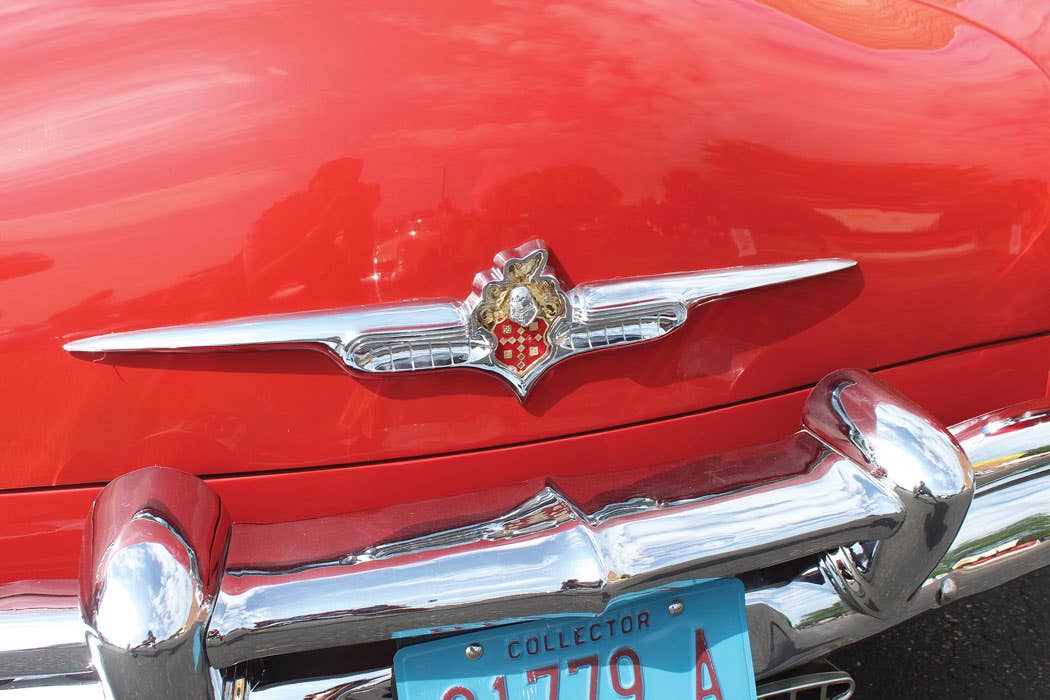
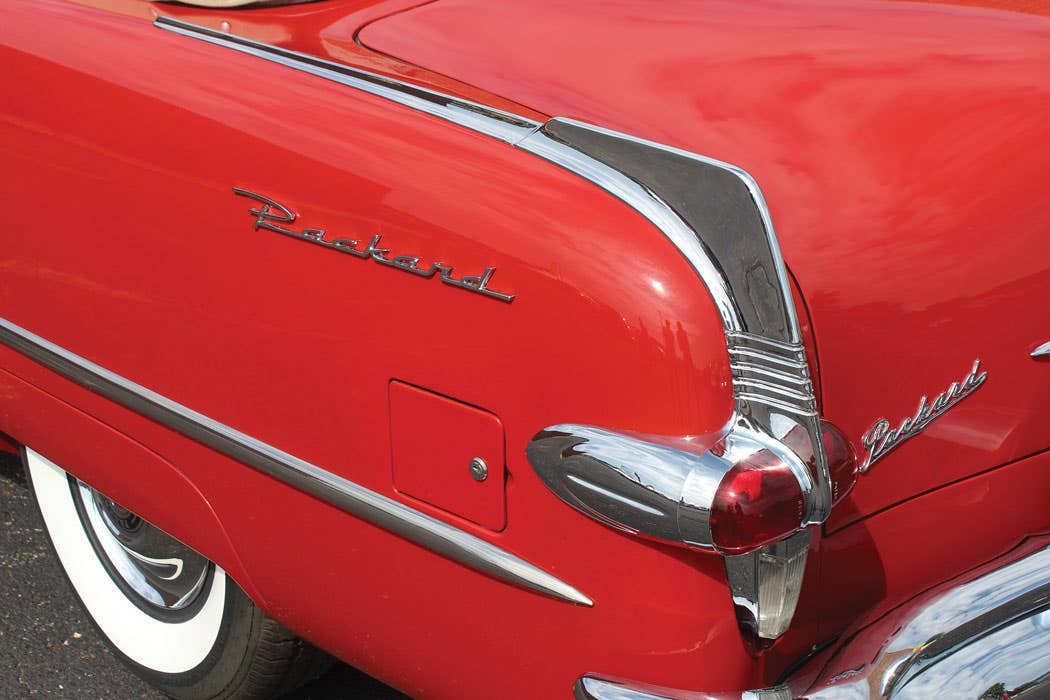
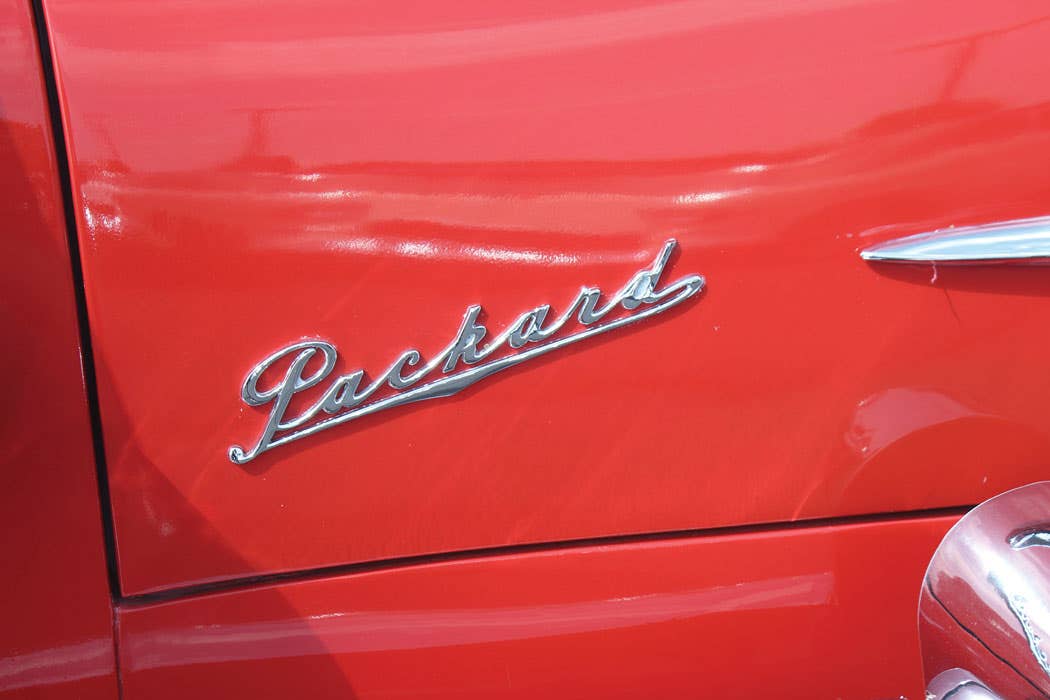

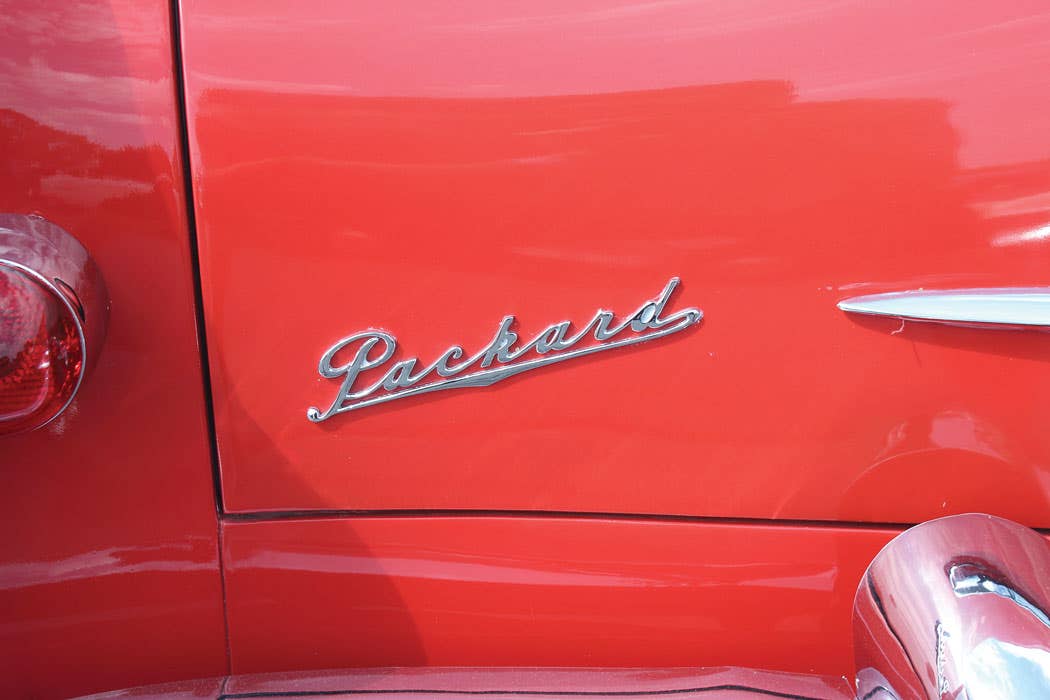
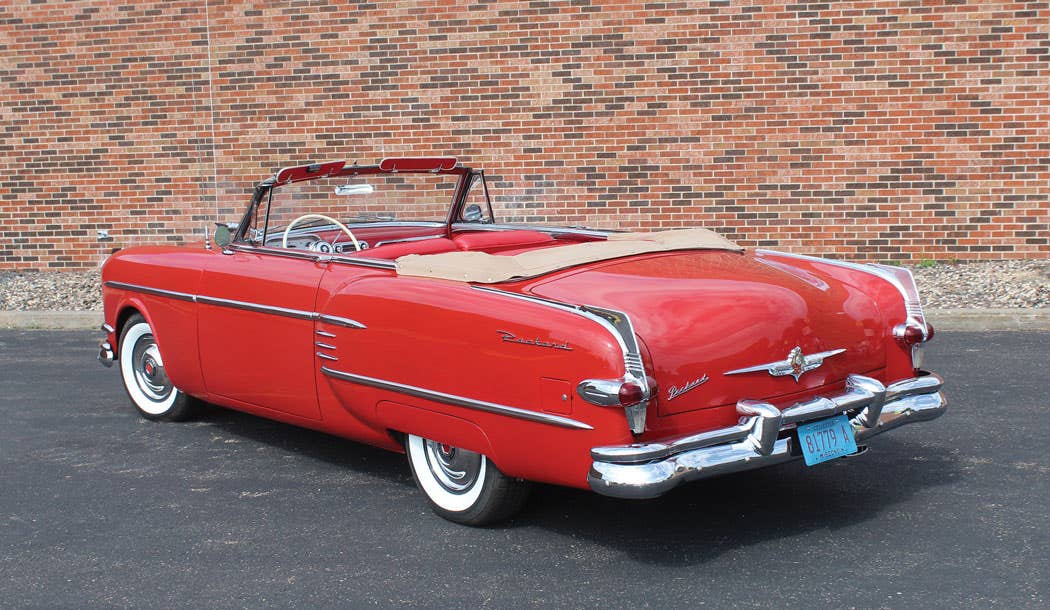
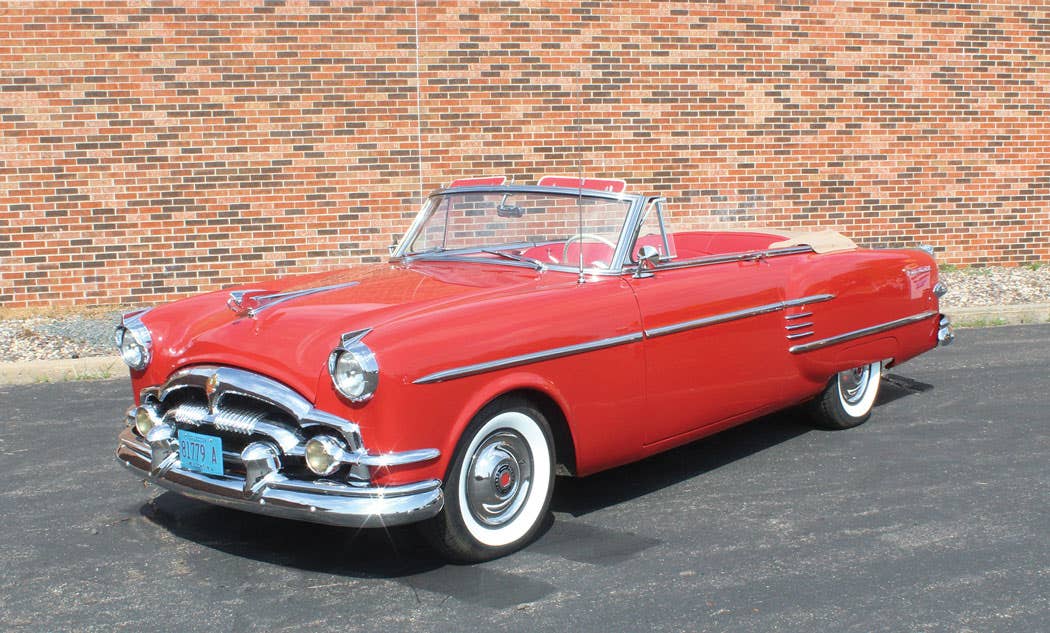
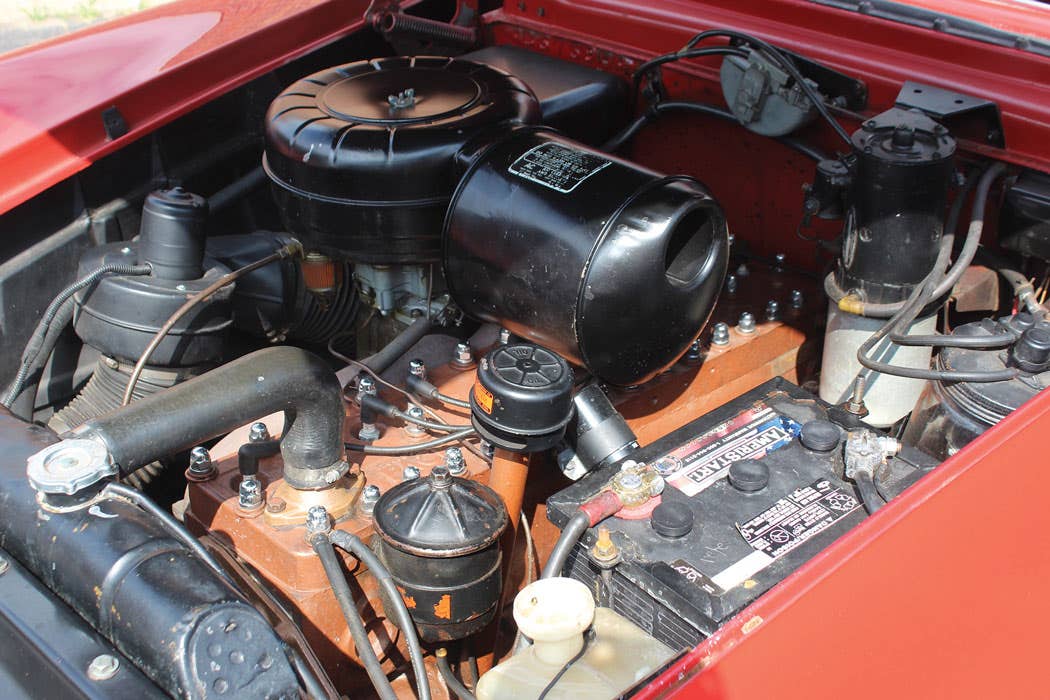
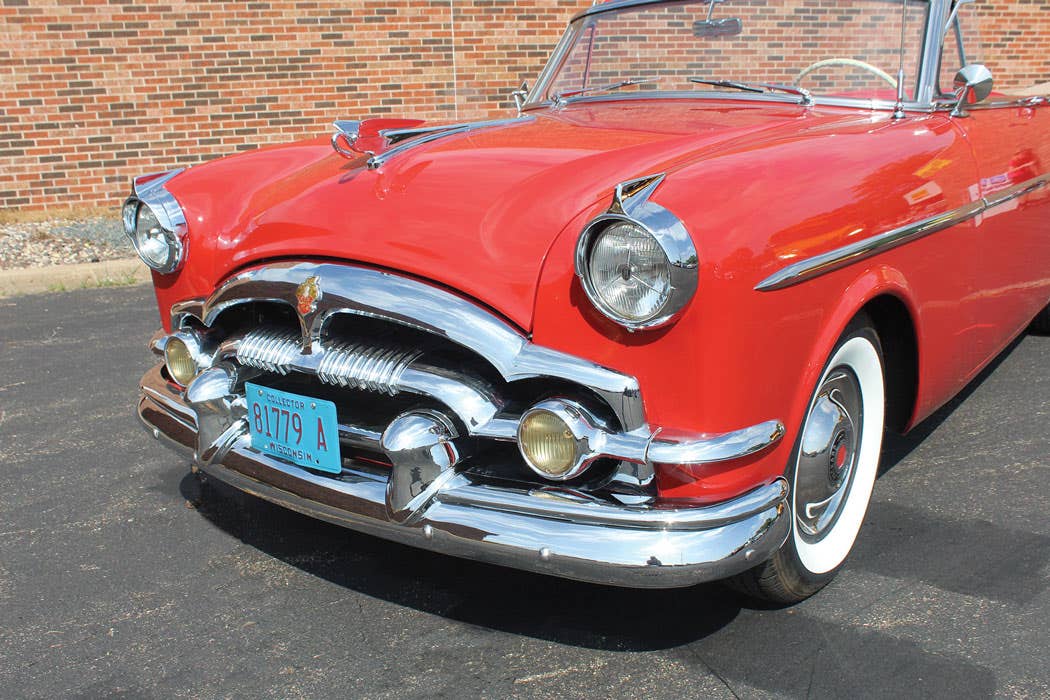
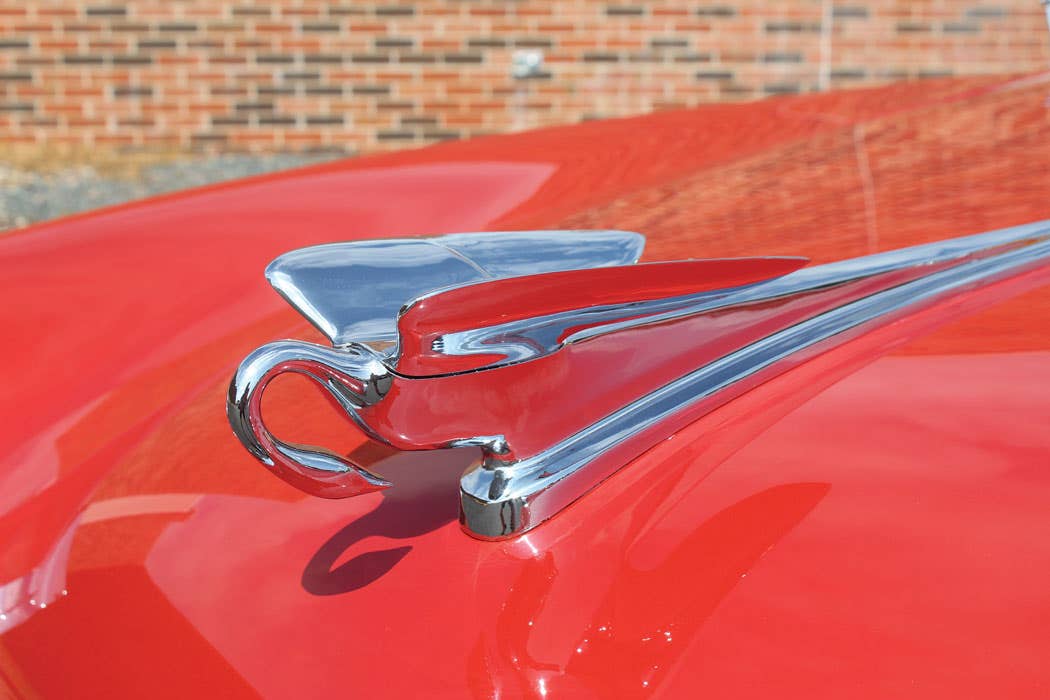
SHOW US YOUR WHEELS!
If you’ve got an old car you love, we want to hear about it. Email us at oldcars@aimmedia.com
If you like stories like these and other classic car features, check out Old Cars magazine. CLICK HERE to subscribe.
Want a taste of Old Cars magazine first? Sign up for our weekly e-newsletter and get a FREE complimentary digital issue download of our print magazine.








